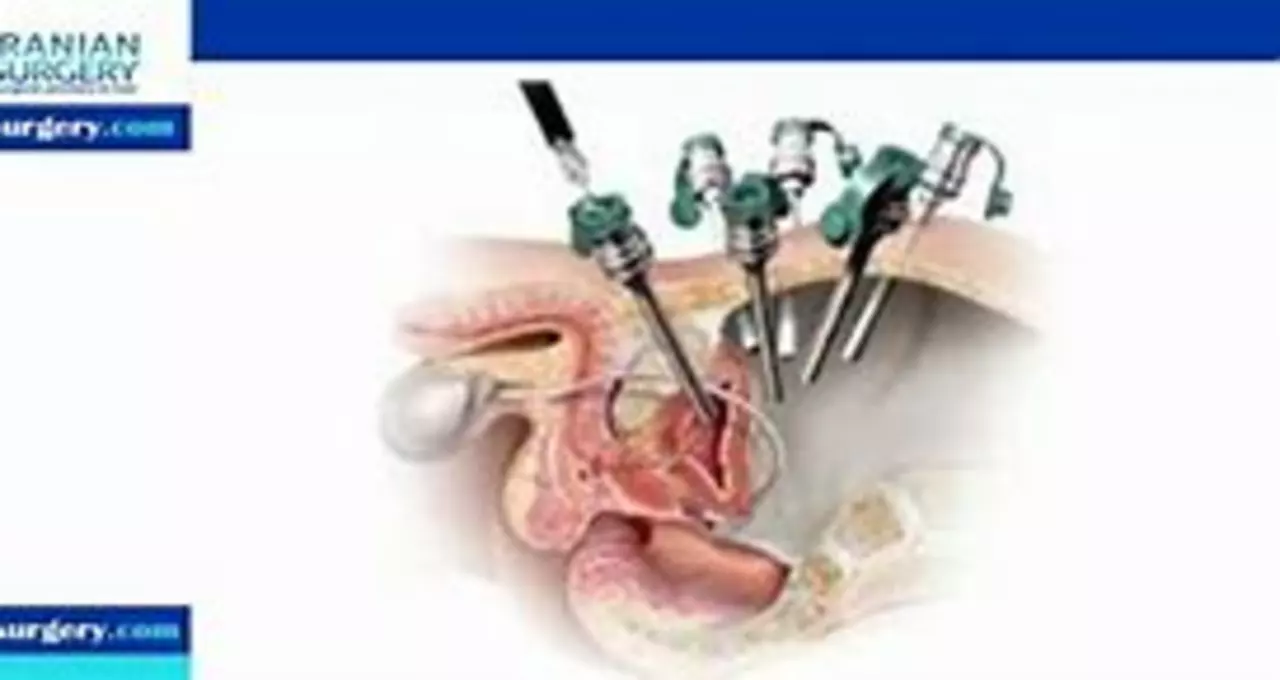Prostate surgery: what to expect and how to prepare
Facing prostate surgery raises a lot of questions. Which operation fits your situation? How long will recovery take? What side effects are likely? This page gives straight answers you can use right away, no fluff.
Common types of prostate surgery
TURP (transurethral resection of the prostate) is the go-to for relieving urinary blockage from an enlarged prostate. It’s done through the urethra, so no external cuts. Most men stay in hospital a day or two and notice urine flow improve quickly.
Radical prostatectomy removes the whole prostate, usually for prostate cancer. Surgeons can do it by open surgery, laparoscopy, or with robotic assistance. Robotic prostatectomy often means smaller incisions and a faster return to normal activity, but results depend on the surgeon’s skill.
Simple prostatectomy removes only the enlarged part of the gland and is used for very large prostates that cause severe symptoms. This is less common than TURP but can be more effective for certain cases.
Recovery, risks, and real-world tips
Expect a catheter for a few days after many procedures. Pain is usually manageable with short-term medication. Most men can walk the same day and return to light activities within 2–4 weeks. Full recovery after radical prostatectomy can take 6–12 weeks for basic activities and longer for complete strength and sexual function.
Common risks: urinary incontinence, erectile dysfunction, infection, and bleeding. The chance of each depends on your age, prostate size, health, and the surgeon’s experience. Ask your doctor for their personal complication rates, not just general numbers.
How to pick a surgeon and hospital: look for high procedure volume, clear follow-up plans, and a team that explains nerve-sparing options if cancer is involved. A quick phone call to the hospital to ask about average outcomes can tell you a lot.
Prepare well: bring a list of medications, stop blood thinners only on your doctor’s advice, arrange transport and home help for the first week, and plan meals that are easy to heat. Pelvic floor exercises started before surgery often help reduce post-op leakage.
Realistic expectations matter. Urine control and sexual function often improve over months. If you need extra help, ask about pelvic physiotherapy, medications, or devices that can improve quality of life.
When is surgery necessary? Severe urinary blockage, recurrent infections, bladder stones, kidney problems, or confirmed aggressive prostate cancer are common reasons. If symptoms are mild, active surveillance, medication, or minimally invasive procedures may be reasonable first steps.
Questions to ask at your appointment: Why this procedure for me? What are your complication rates? How long will recovery take? What rehab or follow-up will I need? Who do I call with problems after surgery?
Prostate surgery is a major decision, but good information and clear planning reduce stress and speed recovery. If you want, I can point you to reliable patient guides or help draft questions to take to your surgeon.
Can Alfuzosin Help Prevent Prostate Surgery?
I recently came across an interesting topic about Alfuzosin and its potential to help prevent prostate surgery. Alfuzosin is a medication commonly used to treat symptoms of an enlarged prostate. From what I've gathered, it works by relaxing the muscles in the prostate and bladder neck, easing urinary flow. There have been studies suggesting that Alfuzosin might be effective in reducing the need for prostate surgery, but more research is still needed to confirm this. It's fascinating to think that a medication could potentially save many men from undergoing invasive surgery!

